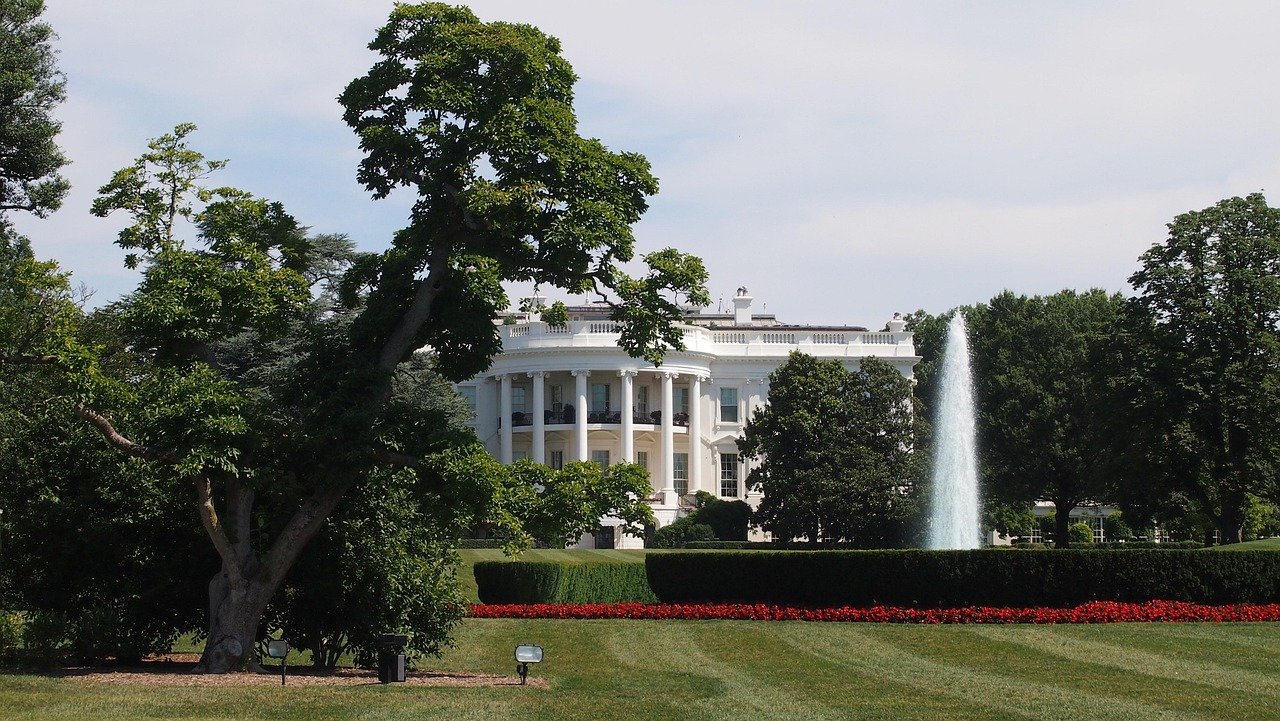Data centers rely on water primarily for cooling purposes. High-performance servers generate immense heat, and maintaining optimal temperatures is crucial to prevent overheating and ensure efficient operation. Traditionally, this cooling has been achieved through the use of water-cooled chillers or evaporative cooling systems which can consume millions of gallons of water each day.
The location of many AI data centers in drought-prone areas exacerbates the issue. Regions such as the Southwestern United States are attractive due to lower land costs and fewer regulatory hurdles. However, these areas are also some of the most susceptible to drought according to climate research. For instance, Arizona and Nevada which have seen a technology boom in recent years are also facing significant long-term water scarcity issues.
The sustainability concerns surrounding these developments are mounting. The increased water usage by data centers can strain local water resources affecting not only the ecological balance but also the availability of water for agriculture and residential use. Furthermore as climate change continues to intensify drought conditions this tension over resource allocation is likely to worsen.
In response some companies are innovating in more sustainable data center technologies. Advances include employing artificial intelligence itself to optimize energy and water use within facilities introducing air-cooling systems that drastically reduce water usage or utilizing recycled water thus lessening the impact on fresh water resources.
Moreover there’s a push towards siting new data centers in locations with more abundant sustainable resources such as areas with cooler climates or where renewable energy sources like solar or wind power are plentiful lowering both carbon footprints and water dependency.
As we step further into this digital age stakeholders including government bodies corporations and environmental groups must collaborate closely. Policies need crafting that encourage not only technological innovation but also ensure that growth does not come at an unsustainable cost to the environment.
The situation presents a sustainability tipping point questioning if continued technological advancement can harmonize with ecological stewardship. The choices made today around how AI data centers operate will have long-lasting impacts on both local environments and our global climate altering how technology firms engage with the very notion of sustainability in an increasingly AI-driven world.




















